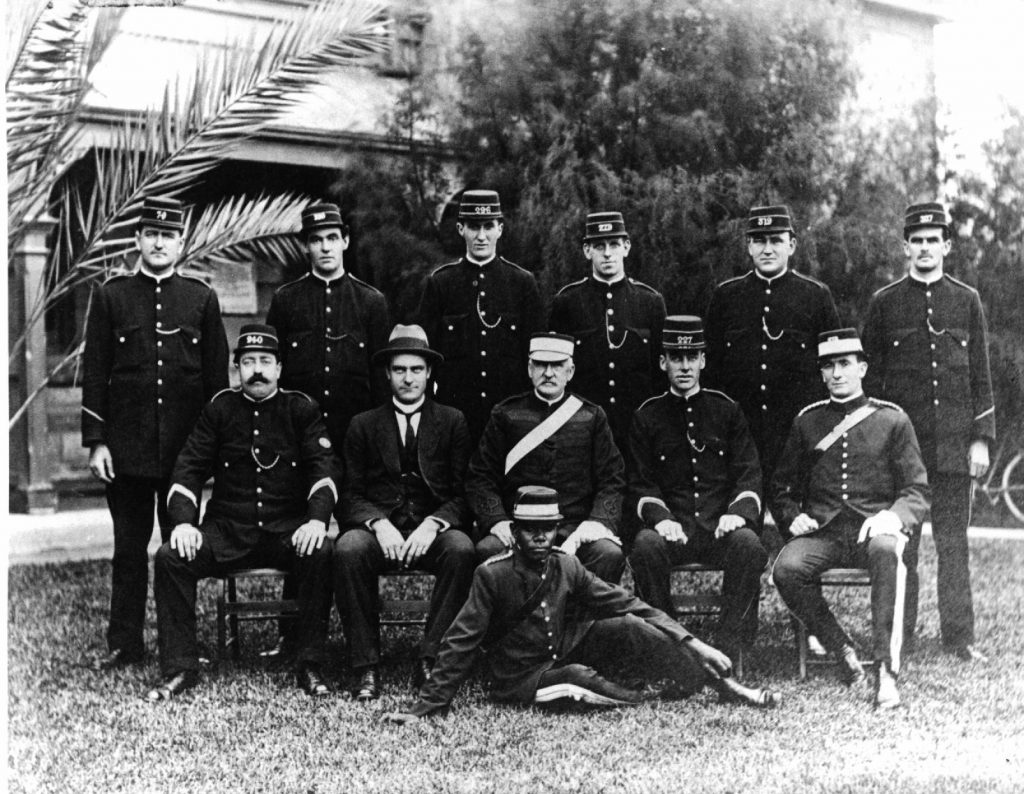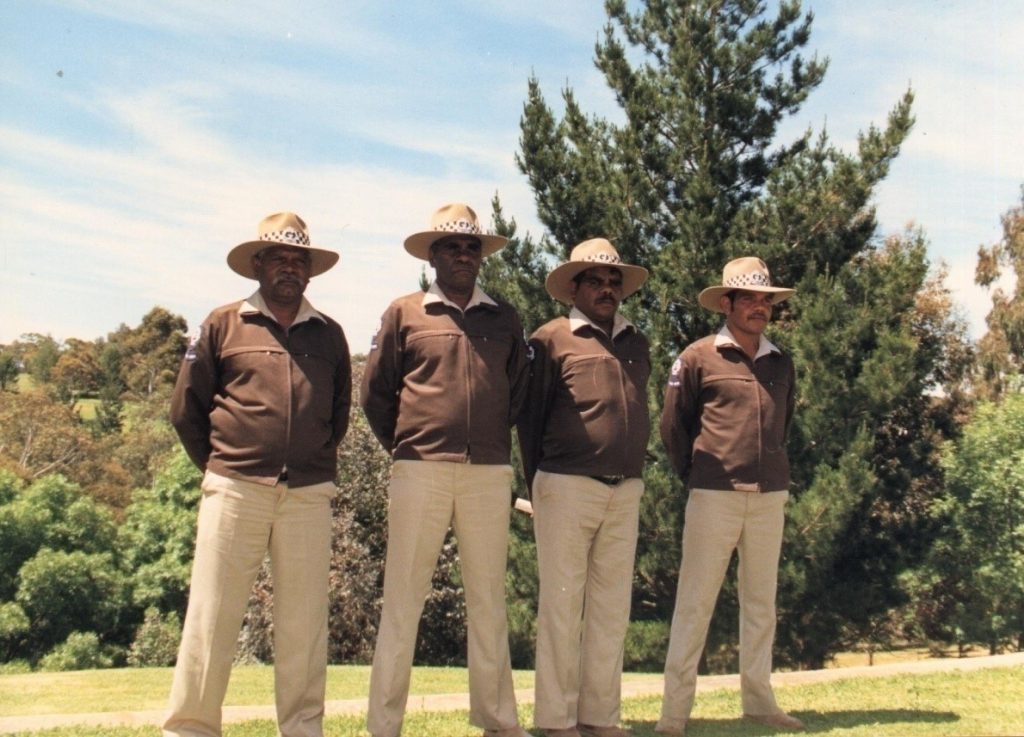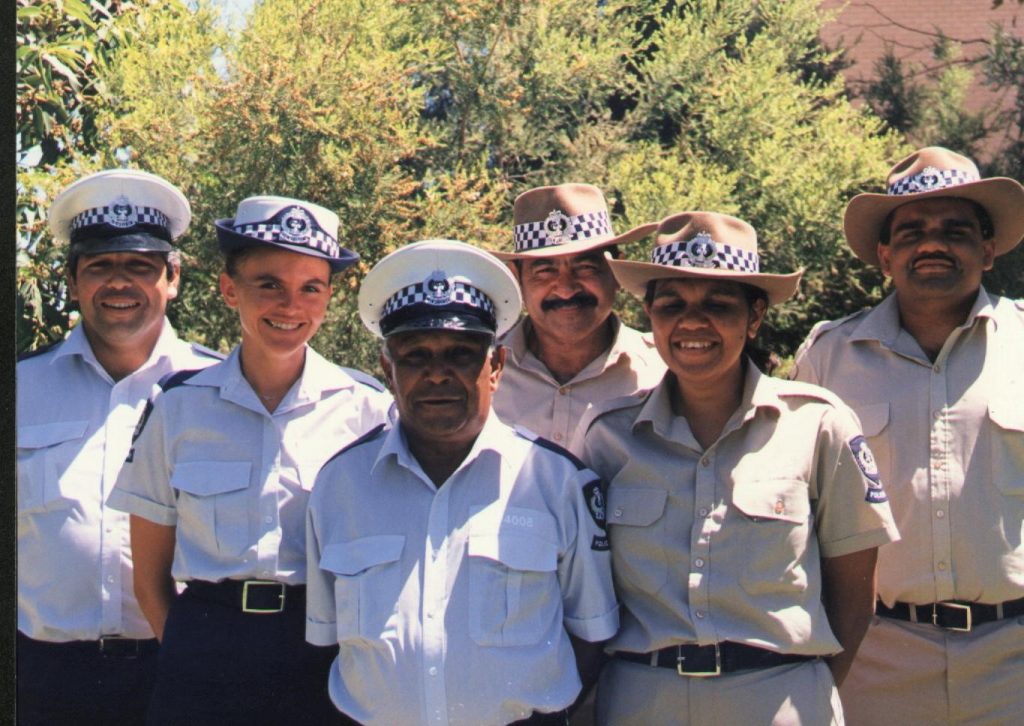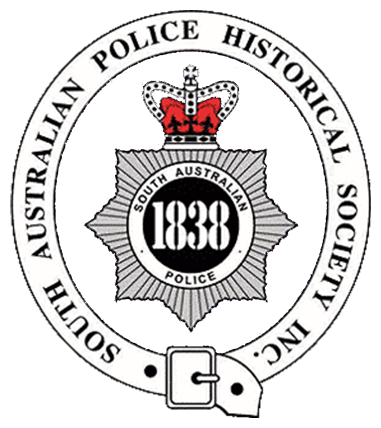Aboriginal and Torres Strait Islander viewers, readers are advised that the following may contain names and images of people who have died.
The colonisation of South Australia in 1836 ultimately resulted in significant challenges and issues between the early European settlers and the indigenous inhabitants and traditional owners of the land, the Aboriginal and Torres Strait Islander peoples.
In mid-1838 in an endeavour to address this, Inspector of Police, Henry Inman, recruited fifteen Aboriginal men mainly selected from indigenous leaders and who were able to relate directly to their own people, to act as skilled police trackers and assist as interpreters and guides, including being the conduit between police and the indigenous community as well as providing general assistance in dealing with Aboriginal policing issues. This is the first recorded employment of Aboriginals in the South Australia Police.
In 1852, Police Commissioner Alexander Tolmer, formally established a Native Police Corps whose duties also included providing support to police during expeditionary ventures, searches for criminal suspects, missing persons and other duties. These Aboriginal men were provided with a police uniform based on that worn by the Mounted Police.

Even though the Native Police Corps no longer existed after 1856, the Police Department continued to utilise the skills of Aboriginal people, centred mainly on a needs basis for tracking or interpreting. Until the late 1950’s it also included the employment and stationing of Aboriginal men, then known as Police Trackers, at selected country police divisional headquarters and remote police stations, where they served with much commitment and distinction.
Although in 1968 Robert (Bob) Ware became the first Aboriginal person to graduate as a fully sworn police officer in South Australia (and Australia), it was not until 1986 that an Aboriginal Police Aide Scheme was trialled in the remote northern area of the State. Following police training, these officers, designated Police Aides, were issued with regular police uniforms and given full police powers but restricted to a designated area or region. Their role included preserving the peace, providing first-line policing, intervening in the early stages of incidents before they escalated and providing a police presence at community gatherings.

With the success of the trial, Police Commissioner David Hunt in 1990 expanded the scheme to include selected metropolitan and major regional country centres, wherein 1996 their title was changed to ‘Community Constable’. In 2019, in addition to the 44 Aboriginal men and women who serve as fully sworn police officers, Police Community Constables continue to also exist; with 36 being based throughout the State, where they continue to provide vital support to fully sworn police officers and are an important link between police and local Aboriginal people and communities.

Timeline of Aboriginal Police Officers
1838
- First record of Aboriginal men employed by SAPOL when Inspector Henry Inman appointed 15 Aboriginal men selected mainly from indigenous leaders to act as police trackers, interpreters and guides.
1852
- Police Commissioner Alexander Tolmer established the ‘Native Police Corps’ to provide support to police officers. They were issued with a police uniform based on that worn by Mounted Police Troopers.
1856
- ‘Native Police Corps’ disbanded but Police continued to utilise the skills of Aboriginal men, centred on bush craft, tracking, interpreting and liaising with Aboriginal communities. These men were known as ‘Police Trackers’ and until the 1950’s a number were stationed at selected country divisional headquarters and remote police stations.
1950
- During 1950’s to1970’s SAPOL used Police Trackers widely on an as-needs basis for tracking criminals, escapees and lost persons.
1968
- Robert (Bob) Ware became the first Aboriginal in SA and Australia to graduate as a fully sworn police officer.
1984
- Police Tracker Mr Jimmy James awarded the Medal of the Order of Australia for services to policing & the community.
1986
- Aboriginal Police Aide Scheme commenced in remote north of SA. Following training, four Aboriginal Police Aides were issued with regular police uniforms, given full police powers and based within the APY Lands. The Scheme was expanded in 1988.
1988
- Leanne Liddle became the first Aboriginal woman to graduate from the SA Fort Largs Police Academy as a fully sworn police officer.
1990
- Police Aide Scheme was further expanded to now include selected urban and major regional country centres.
- First Aboriginal woman to be appointed a Police Aide.
1996
‘Police Aide’ name changed to ‘Community Constable’.
2004
- Police heritage plaque unveiled at Penola honouring former Police Tracker Mr Warrianha Alfred Ryan.
2014
- Launch of SAPOL’s Aboriginal and Torres Strait Islander Reconciliation Action Plan.
2017
- Seventy-four Aboriginal and Torres Strait Islander people now employed in SAPOL as fully sworn police officers, Community Constables, police Aboriginal liaison officers and administrative support officers.
2019
- Aboriginal Police Trackers’ services and commitment honoured at SAPOL’s Police Foundation Day Ceremony.
- Forty-four Aboriginal and Torres Strait Islander men and women employed as fully sworn police officers in SAPOL along with thirty-six Community Constables based throughout South Australia.
